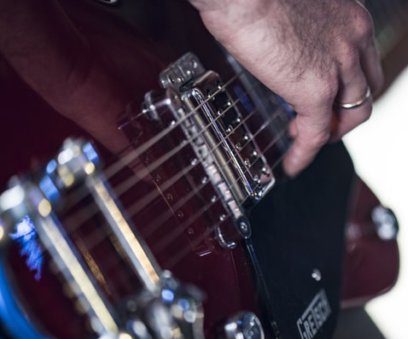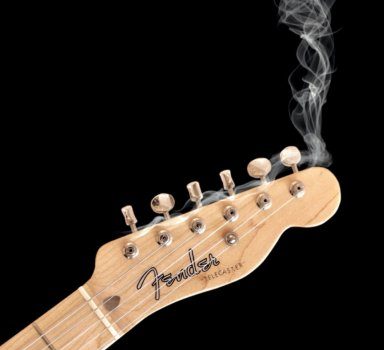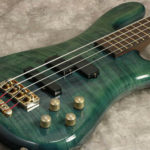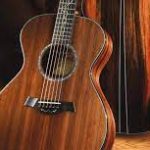“The beautiful thing about learning is nobody can take it away from you.” … B.B. King
Blues Guitar Lesson:
How To Get Your Guitar To Wail
By Mike P Hayes

One of the essential ingredients for the blues is the musical “tension” that is created by forcing the flatted 3rd note over a major 3rd; it’s like a musical equivalent to “sweet and sour”.
Here’s how it works…
The notes in a “E” major chord are: E – G# – B
An “E” minor chord consists of: E – G – B
Notice how the only difference is that in the “E” minor chord the “G” is not sharpened.
Since the notes “G” and “G#” are only a semitone apart (one fret apart) when both notes are sounded simultaneously they create musical tension (dissonance).
Blues players have taken this idea a step further by often playing double stops derived from a major chord a minor third above the original chord.

Now in earth language…
The system of measurement that musicians use to identify the distance between one note and the next is called interval.
On the guitar the distance from one fret and the next is called a semitone.
The distance of two frets is called a tone.
Review:
one fret = semitone
two frets = tone
three frets = tone and a half or minor 3rd
Using our blues in the key of “E” as an example:
The key note is “E”; the notes of an E major chord are E – G# – B
The note that is a minor 3rd above “E” is “G”; the notes of a “G” major chord are: G – B – D

Concept: Blues guitarists create double stops from combinations of notes of the chord that is a minor 3rd above the key.
Hence you could play any combination of two notes from the “G” major chord and play then over an “E” chord for a really cool wailing blues sound.
Here’s how all that theoretical information transfers to the fretboard.
Using any single string on the guitar as our musical “measuring tape” we can identify a minor 3rd interval by playing the note 3 frets above (higher) from where you started.

Here are some examples:
minor 3rd interval: root note “E” – minor 3rd interval above is “G”
-0—3—-
———-
———-
———-
———-
———-
minor 3rd interval: root note “G” – minor 3rd interval above is “Bb”
-3—6—-
———-
———-
———-
———-
———-
minor 3rd interval: root note “A” – minor 3rd interval above is “C”
-5—8—-
———-
———-
———-
———-
———-
minor 3rd interval: root note “C” – minor 3rd interval above is “Eb”
-8—11—
———-
———-
———-
———-
———-
Guitar & Gear Articles





